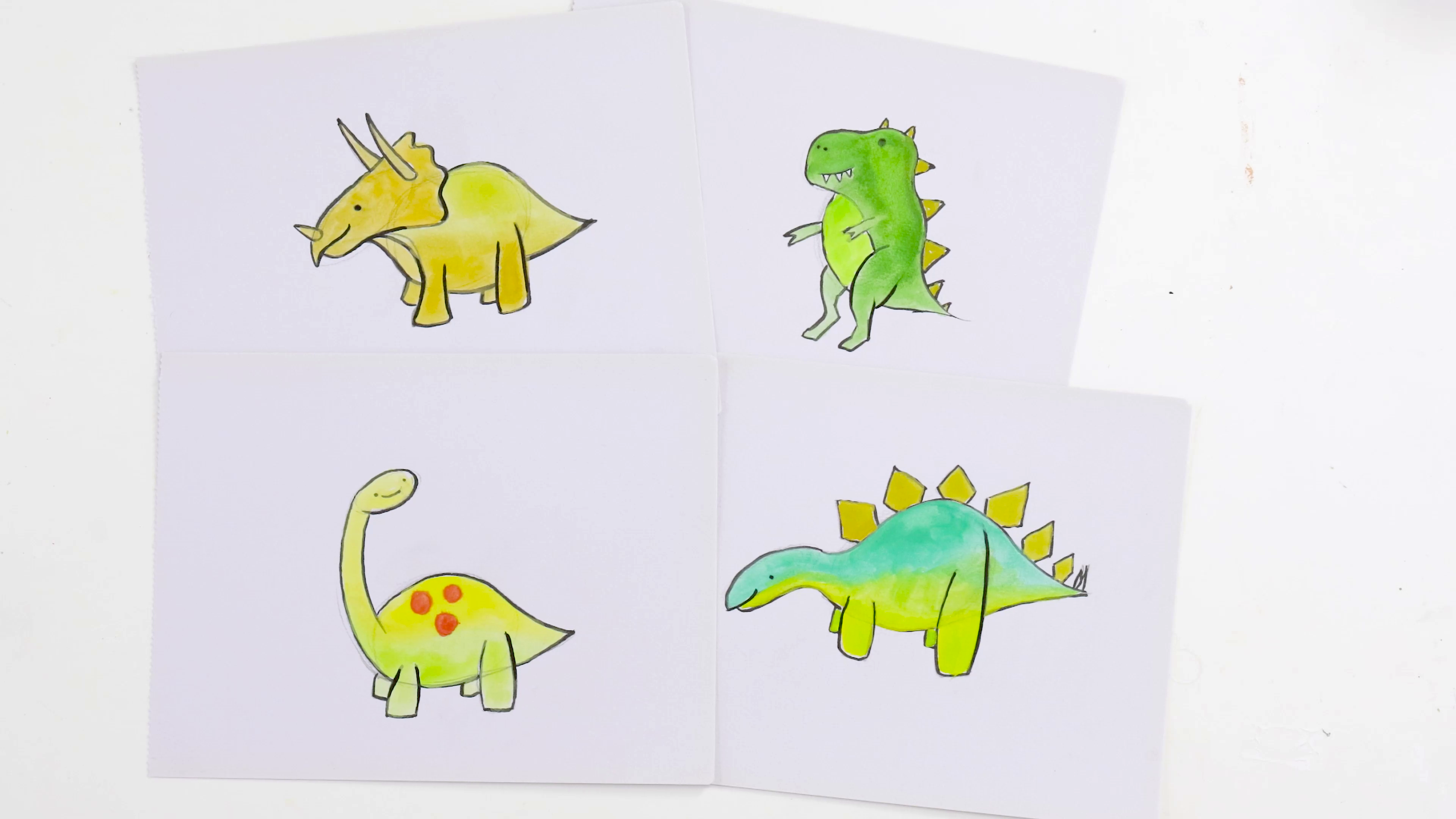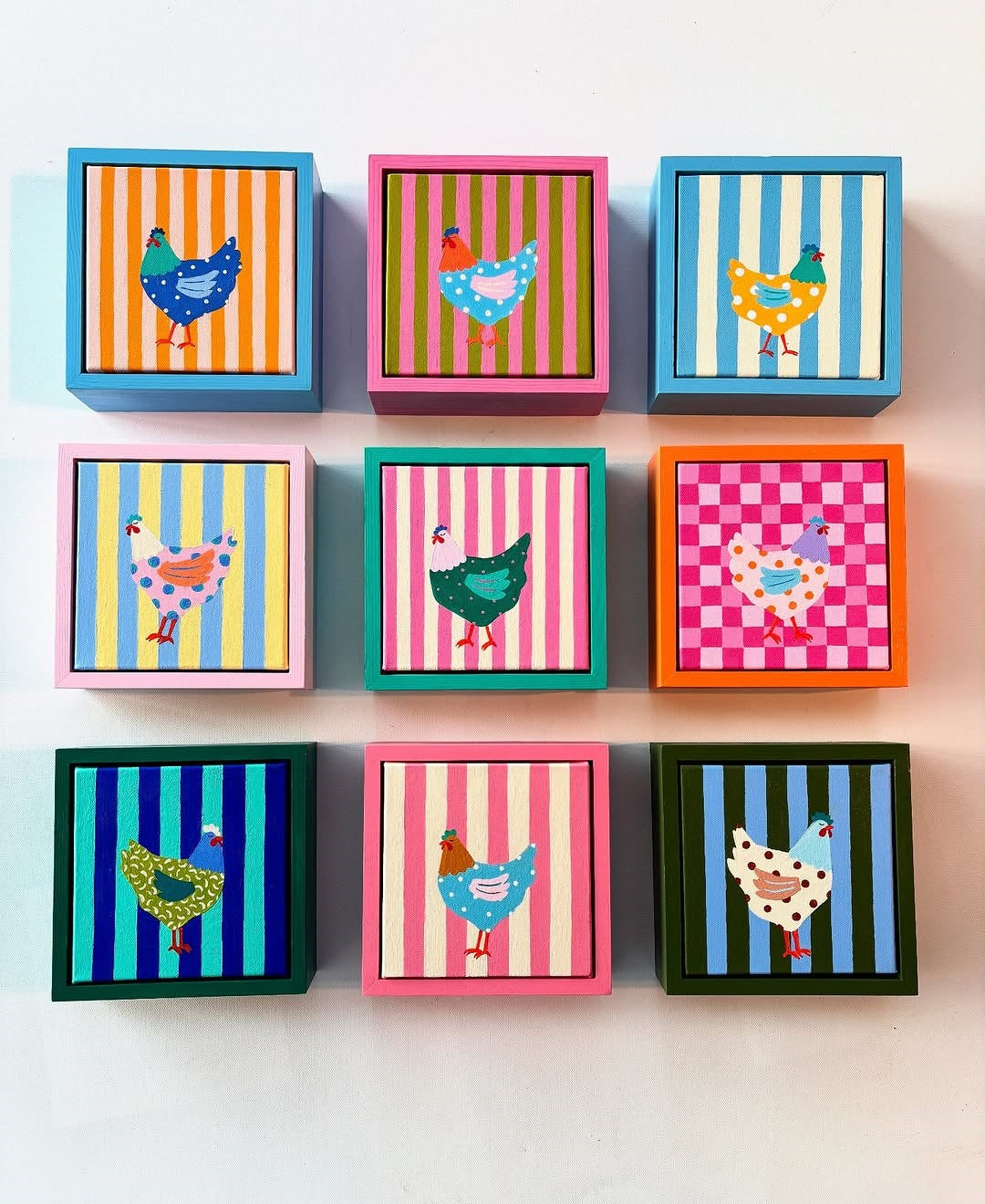Are you trying to get better at drawing? With a few simple and effective tips up your sleeve, you’ll be well on your way. We’ve included a little something for everyone – from beginners to more advanced artists.
1. Practice

Make some time to draw every day. Whether it’s when you wake up, on the bus or in your lunch break – keep a journal with you and draw anywhere, anytime.
2. Get to know your pencils
Give yourself time to learn the difference between your pencils. You might like to create a chart in your sketchbook to get a better idea of how each pencil looks on paper.
3. Learn from other people’s drawings

Looking closely at drawings and recreating them helps you to learn by doing. What kind of lines does the artist use for hair, what shapes make up the eyes, do they use light or heavy lines for certain areas? Observe and then try these techniques out for yourself.
4. Do simple exercises
Simple exercises like blending and shading are a great way to refine your technique. One example is to draw a circle and practice shading it to create a 3D effect.
5. Trace images

When you’re new to drawing, tracing images is an easy way to practice lines and form. A lightbox or a glass table will help make this exercise a lot easier, but you can use any surface you have available.
6. Practice human form with a manikin
An art manikin allows you to practice human form without the distraction of all the details. This will help you get the hang of proportions and you’ll also be able to practice different poses thanks to the flexible joints.
7. Warm up

Warming up before you draw is a great habit to get into. Some people like to draw repeating patterns to loosen up their hands and get into the flow. You might also like to try doing a series of simple sketches.
8. Sketch out the basics of your drawing first
Before you get too caught up on details, roughly sketch out the basic form of your subject. Hold your pencil loosely and sketch faint lines to start with, then go back over the lines you want to keep to make them darker.
9. Draw ordinary objects from life
If you’re not ready for complex subjects just yet, try drawing simple everyday objects. This could include a coffee mug, apple or even a tissue box. We’d suggest choosing an object and drawing it a few times (you might be surprised how much you improve each time).
10. Look closely at your subject
Whether you’re drawing from life or a photograph, look closely at your subject and keep referring back to it as you go. This helps identify the details, form, shapes and lines that will make up your drawing.
11. Draw guidelines

Drawing guidelines on your page makes it easier to get proportion and composition right. We’d suggest using a 2H graphite pencil so that it can be easily erased from the final sketch.
12. Draw upside-down
Yes, you read that right. Drawing upside-down helps you to look at the individual shapes in the drawing instead of seeing the whole picture. It might seem strange, but give it a go and you’ll see what we mean.
13. Find a drawing class or follow tutorials

Heading along to a local class gives you the opportunity to get practical tips from an art teacher and to meet new people! There are also plenty of online tutorials out there that you can try.
14. Stick at it!
You’re not going to see big results overnight and that’s okay! Getting better at drawing takes time and practice, but the results are worth it. So stick at it and enjoy the process.


































